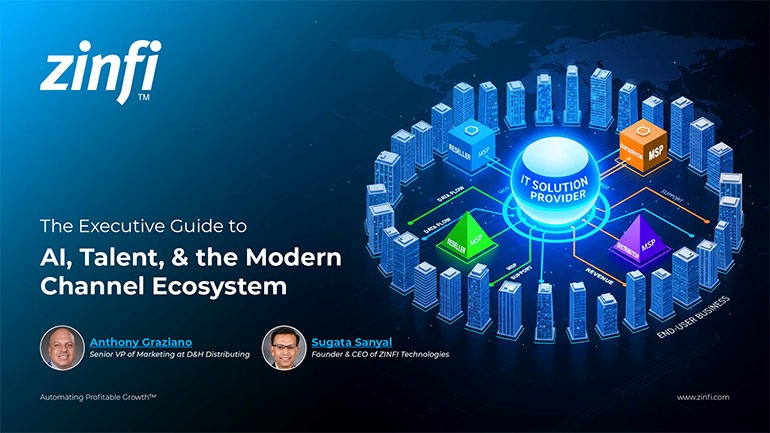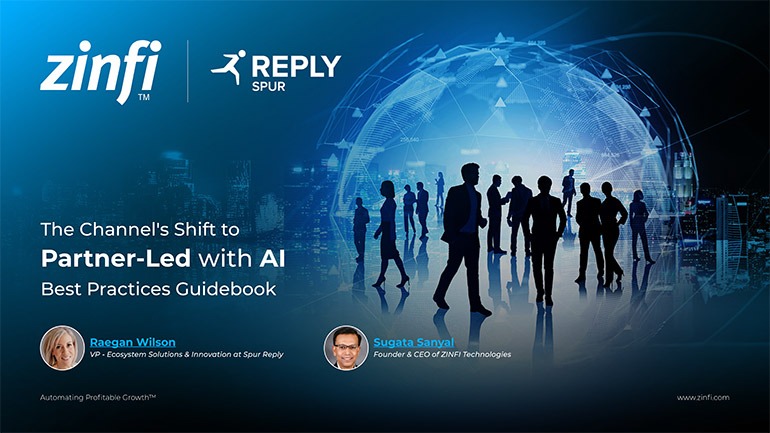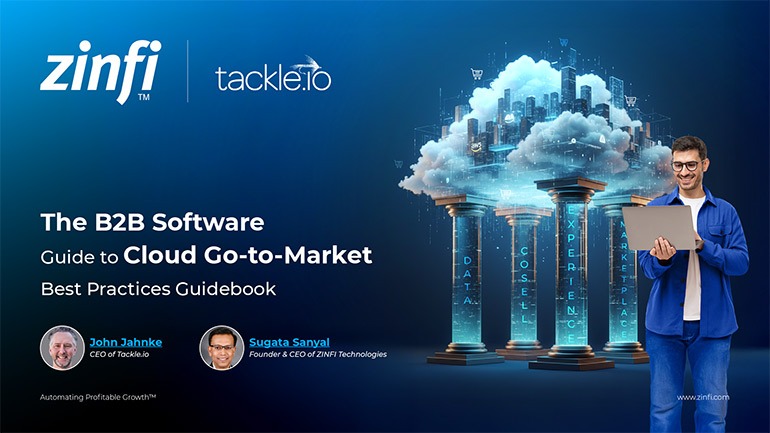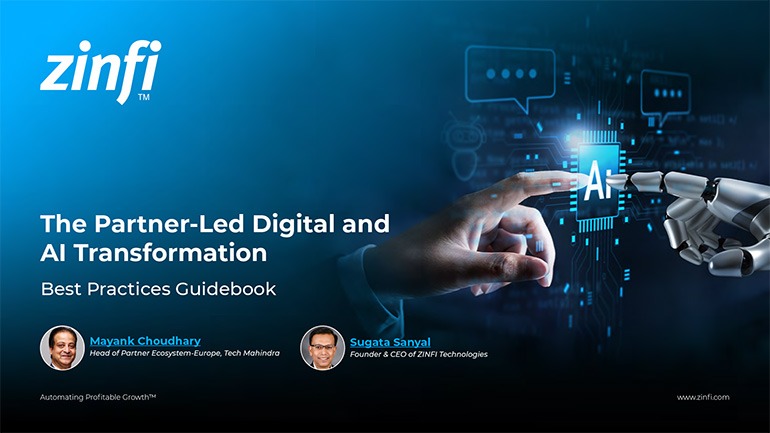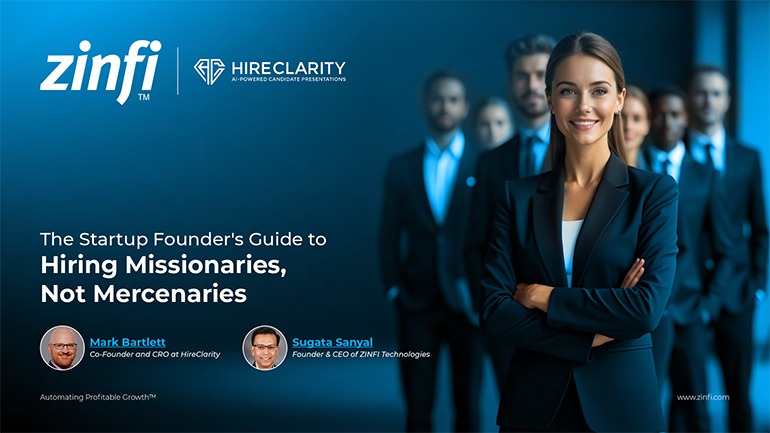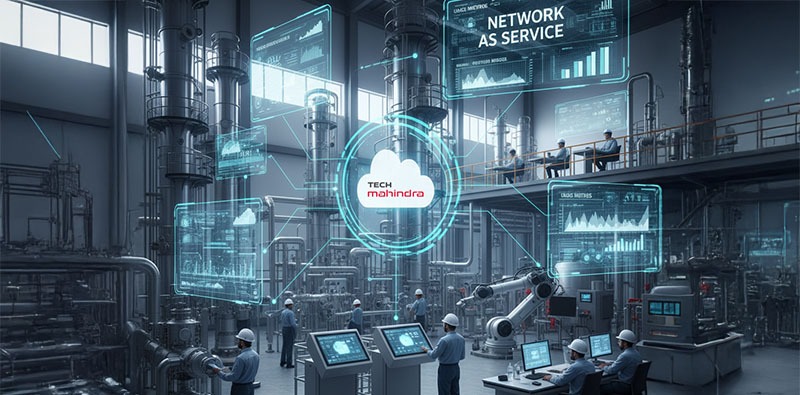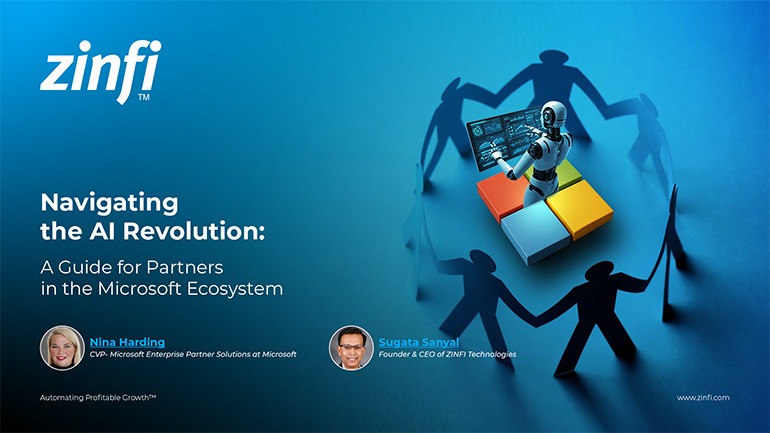Nina Harding talks about her long career, which includes working at big companies like Oracle, SAP, Google, and twice at Microsoft. Throughout these years, she has always focused on how different companies work together, which she calls "partnerships." She has seen how these partnerships have changed significantly over 30 years. When she started in the early 1990s, she saw how new computer programs and databases were just beginning to be used, and this helped her understand how the digital world would grow. Because she worked for both huge companies and smaller new companies, Nina learned special ways to help partners use big market opportunities and create new things together.
Nina has noticed a significant shift in how companies work with partners. It used to be that companies focused on just a few special partners. The goal is to get a whole "ecosystem" of many different partners to work together and succeed. This raised a question: should companies tell partners exactly what to do, or should they let partners help lead the way? Nina says that at Microsoft, working with partners has always been a key part of how the company works, right from the start. This means that when Microsoft creates new products or sales plans, it always includes partners to ensure customers get what they need.
Microsoft, led by Nina, tries to build strong trust and long-lasting relationships with its partners, not just work with them for quick wins. This commitment shows up in many ways. Microsoft helps partners learn new skills and provides training. They also bring partners into their sales meetings and events. They ensure partners are part of how Microsoft sells its products and services and offer special rewards to help partners do well. This way of working together is based on the idea that "we are better together." It allows the whole Microsoft world to work as one team, ensuring everyone wins.

